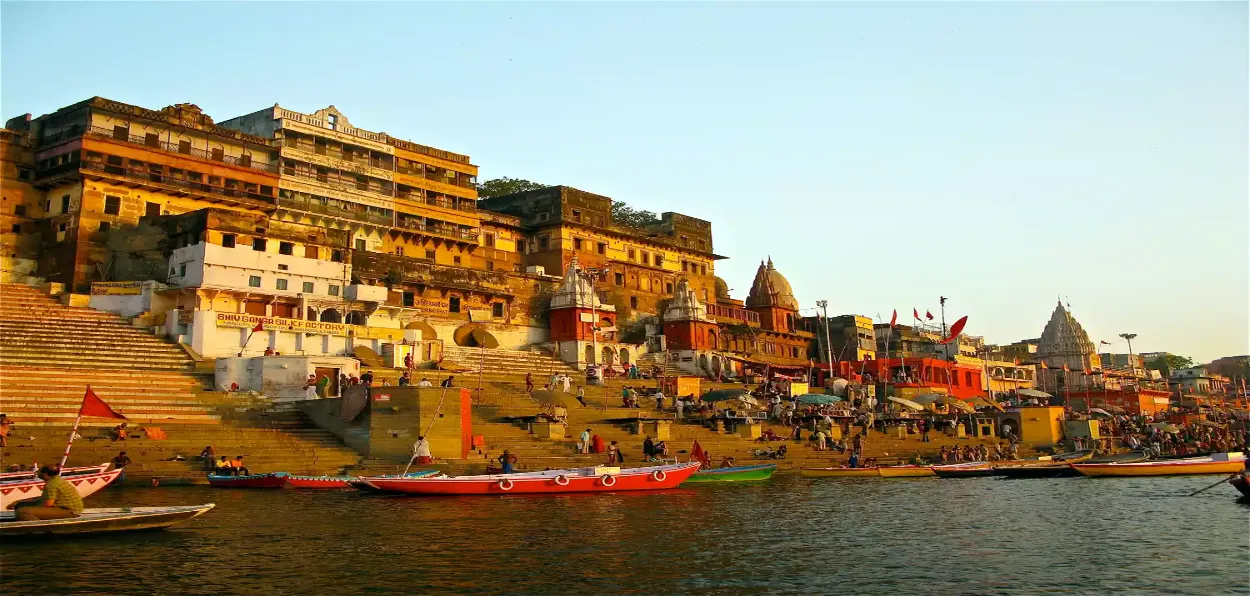
Saquib Salim
“Rabindra Mohan (Kar), a revolutionary up to his fingertips in all circumstances, lived and died in complete obscurity. No monument has been erected in his memory, nor any will be erected in future, I am sure, but he was a greater and nobler man than the men who make front page news in our country.” This is what Manmath Nath Gupta wrote in one of his books on Indian revolutionaries.
Manmath Nath, also a revolutionary, was a member of the Hindustan Socialist Republican Association and served life imprisonment for carrying out the famous Kakori Train loot. We know about Manmath Nath but as he pointed out, who was this obscure revolutionary, Rabindra Mohan Kar?
Rabindra was a resident of Varanasi and one of the early members of the Hindustan Republican Association (HRA) along with Ramprasad Bismil, Sachindra Nath Sanyal, Rajendra Lahiri. and others. One of the earliest party activities, after its formation in 1923, was to distribute and paste pamphlets and literature to raise people against the British Empire.
Revolutionary, the pamphlet calling people for a rebellion against the British Empire, was all over Varanasi by 1924. The police were perplexed and had no clue about the people distributing these. Chandra Shekhar Azad and Rabindra Mohan Kar were the men behind these pamphlets.
One day police caught Rabindra but they could not find any pamphlet with him. He would not tell anything about other revolutionaries despite the police torture. Police knew that he was a revolutionary but did not have any evidence against him. So they pressed Section 109 of the Indian Penal Code (IPC) meant for vagabondage and sent him to jail for one year.
Meanwhile, when he was in jail other party members were either arrested in connection with the Kakori Train case or had to go underground. When he was released Ramprasad, Sanyal, etc were in jail while others like Chandra Shekhar Azad went underground.
A dedicated patriot, Rabindra, could not sit idle. He went to Bengal and started working with the revolutionaries there. He learned bomb-making. Once again he was arrested in connection to the Sukia Street Bomb Case in Kolkata. This time he had to serve a 7-year rigorous imprisonment.
This imprisonment impacted his health but not his revolutionary spirit. Once again he returned to Varanasi. However, life had something else in store for him.
Manmath Nath wrote, “A girl whom he knew well since she was a kid had fallen in love with some young man. There was nothing wrong in it, had it gone smoothly. The girl had become pregnant and the young man having second thoughts had decided not to have anything to do with her.”
Rabindra took it upon himself to get justice for the girl. He went to the boy but rather than marrying the girls he went underground. The girl’s family threw her out. Now what to do? He took her with him and started taking care of her.
Nobody offered sympathy; people started assuming and talking about Rabindra as her real lover. They faced social boycott.
Rabindra left Varanasi with her for Diamond Harbour in Bengal. Nobody knew them there and he started working as a daily wage labourer. She gave birth to a boy who could not survive. Rabindra helped her to complete her studies.
Rabindra worked as a labourer till she got a job as a primary teacher. One day he left her in the dead of the night to join the revolutionary party again. By that time, everything had changed. Most of the revolutionaries were either hanged or arrested. Congress was not in a great mood after the Civil Disobedience Movement. Rabindra was suffering from several health problems. He died in obscurity in 1939 at Varanasi.
ALSO READ: How Darjeeling became home for this Kashmiri family
However, his obscurity was because he was one of the most successful revolutionaries in India. A revolutionary can go to any extent to serve the people. His dedication to saving a girl puts him in the league of the brightest stars in the sky of the Indian revolutionaries.
